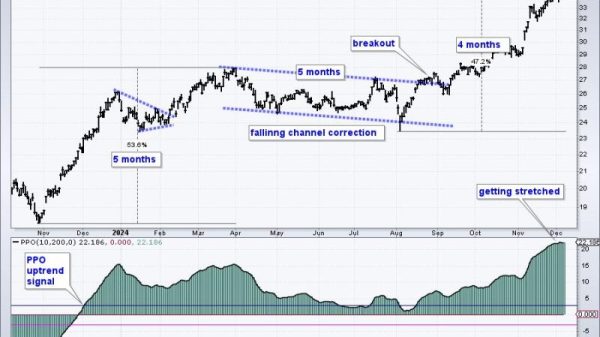The recent global financial crisis has left many wondering about the stability of the banking system. With the increasing interconnectedness of financial institutions and the complexity of financial products, concerns about a potential systemic implosion have been raised. While the banking system plays a crucial role in the economy by facilitating the flow of funds and providing essential services to individuals and businesses, it is also susceptible to various risks that could threaten its stability.
One of the key indicators to look out for when assessing the health of the banking system is the level of non-performing loans (NPLs). Non-performing loans refer to loans that borrowers have failed to repay as scheduled, leading to potential losses for the banks. A high level of NPLs can signal underlying weaknesses in the economy, such as poor credit quality or economic downturns, which could put pressure on the banking system.
Another important aspect to consider is the level of capital adequacy of banks. Capital adequacy refers to the ability of banks to absorb losses and continue operating without defaulting on their obligations. Banks with insufficient capital may struggle to withstand adverse shocks, leading to a domino effect that could destabilize the entire banking system. Regulatory authorities closely monitor the capital levels of banks to ensure they meet the required standards to safeguard against systemic risks.
Liquidity risk is another factor that could indicate vulnerabilities in the banking system. Liquidity risk arises when banks are unable to meet their short-term obligations due to a lack of liquid assets or access to funding sources. In times of financial stress, a liquidity crunch could escalate quickly, triggering panic among depositors and investors and potentially leading to systemic disruptions. Monitoring banks’ liquidity positions and stress-testing their ability to withstand liquidity shocks are essential for assessing their resilience to adverse conditions.
Furthermore, the interconnectedness of financial institutions through complex financial instruments and derivative transactions poses a systemic risk that could amplify the impact of a localized shock. If a major financial institution were to fail, the contagion effect could spread rapidly throughout the banking system, causing widespread disruptions and potentially triggering a systemic implosion. Strengthening regulatory oversight and enhancing transparency in the financial markets are essential measures to mitigate systemic risks arising from interconnectedness.
In conclusion, while the banking system plays a crucial role in supporting economic growth and development, it is vulnerable to various risks that could threaten its stability. Monitoring key indicators such as non-performing loans, capital adequacy, liquidity risk, and interconnectedness is essential for assessing the health of the banking system and identifying potential vulnerabilities. By strengthening regulatory frameworks and implementing prudent risk management practices, authorities can enhance the resilience of the banking system and reduce the likelihood of a systemic implosion.


























